
Learning is a skill; it’s a skill that can be improved.
There are many reasons why you may want to learn a new skill. Here are just a few of them:
- To get a promotion at work.
- To move into a different field.
- To keep your mind sharp.
- Because it’s exciting and empowering to learn new skills.
 In addition, the sky’s the limit when it comes to choosing a new skill to learn. Here are just some possibilities:
In addition, the sky’s the limit when it comes to choosing a new skill to learn. Here are just some possibilities:
- Do you want to learn another language?
- Do you want to learn to play tennis?
- Do you want to learn to draw?
- Do you want to learn to play the piano, the guitar, the drums, or some other musical instrument?
- Do you want to learn to code?
Whatever skill it is that you want to learn, you’ll find 30 tips that will allow you to learn any skill fast.
1. Pick the Right Skill. There are probably lots of skills that you want to learn. However, this doesn’t mean that you should try to learn all of them. It’s much more likely that you’ll persevere in your attempts to learn some skills more than others.
When are you most likely to persevere in your attempt to learn a new skill? You’re most likely to persevere when the skill meets the following criteria:
- It’s something that you’re passionate about; and
- Learning the skill will help you to solve a problem that you’re having, or it applies directly to your life.
If learning a new skill is just an academic exercise for you, or a “it would be nice to know how to do this”, it’s very likely that you won’t be able to find the motivation to persevere until you learn the skill. Therefore, it’s imperative that you start by picking the right skill to learn.
2. Set a Specific Goal. When you choose a skill that you want to learn, you have to write down your objective as a goal statement. However, you have to make sure that the goal is specific, and not vague.
As an example, in his article “How to Learn Anything: A Real-World Guide to Mastering Any New Skill”, Jeremy Duvall explains that he wanted to learn to code. However, “I want to learn to code” is a vague goal. Therefore, he made his goal much more specific. Here’s the goal that he set for himself: “I want to learn CSS positioning so I can redesign some elements of my website”.
Duvall recommends that in order to make your goal more specific, you ask yourself the following questions:
- What specific problem am I trying to solve by learning this skill?
- Are there certain aspects of the skill that are more applicable to my situation than others?
3. Give Yourself a Deadline. We’re all familiar with Parkinson’s Law. If you apply it to learning a new skill, the law says that the longer you give yourself to learn the skill, the more work you’ll end up doing to acquire the skill. At the same time, the opposite is also true. The less time you give yourself to learn a skill, the less work you’ll have to do in order to learn it.
Use Parkinson’s Law to your advantage by giving yourself a deadline to learn the new skill.
4. Stop Believing In the Talent Myth. For centuries, people have believed that talent is innate—the ability to play a musical instrument, to draw, and so on. That is, you either have it, or you don’t. However, in recent years scientists have adopted a different view. Studies show that talent is determined far less by our genes and far more by our actions.
5. Believe You Can Learn the Skill. Henry Ford once said, “If you think you can do a thing or think you can’t do a thing, you’re right.” Once again, there’s research that will help you to develop the belief that you can learn new skills even if you lack so-called innate talent, or you’re no spring chicken. Specifically, the research is the following:
- Dr. Carol Dweck’s research on mindset.
- Research on the brain’s plasticity.
Dr. Carol Dweck, Ph.D., is a professor of psychology at Stanford University. She explains that, when it comes to learning new things, people have either a fixed or a growth mindset. People with a fixed mindset think that success in learning a new skill depends on being naturally gifted. On the other hand, those with a growth mindset think that success in learning new things depends on their own efforts.
Obviously, those in the second group are much more likely to persevere when learning new skills. Therefore, in order to believe that you can learn the skill that you’re trying to develop, adopt a growth mindset.
The second belief that you need to adopt in order to learn new skills is that the brain is plastic. For a long time, it was believed that as people age, the connections in the brain became fixed. However, neuroscientists have discovered that the brain is a lot more malleable than was previously thought. The term used to describe that malleability is plasticity.
Research has shown that the brain never stops changing through learning. That is, when you’re learning a new skill the areas in your brain that deal with that skill will grow, regardless of your age.
6. Aim for Good Enough. You may have heard that it takes 10,000 hours to learn a new skill. However, this is completely false. The 10,000 hour rule is most closely associated with Malcolm Gladwell and his book, “Outliers: The Story of Success”. What the rule states is not that it takes 10,000 hours to learn a new skill, but that it takes that long to become world-class at any given skill.
When learning a new skill, there’s no need to aim for being world-class. Instead, settle for being “good enough”. That is, your objective in learning the skill should be to achieve the goal that you identified in Tip #2 above. Being “good enough” certainly won’t take you anywhere near 10,000 hours.
7. Do Preliminary Research. Find a few books, YouTube videos, tutorials, courses, and so on about the skill that you want to learn. Make sure that you choose high quality resources. Go through your resources quickly in order to help you to begin to identify what you need to do in order to learn the skill.
Don’t get bogged down with details at this point. You’re just trying to develop a general mental framework of the process that you’ll follow to learn the skill.
8. Deconstruct the Skill. Most skills aren’t one skill at all. Instead, they’re a bundle of skills. For example, blogging is comprised of the following sub-skills:
- Writing (more specifically, writing for the internet)
- Researching Skills
- Networking and Building Relationships
- Using Social Media
- Search Engine Optimization Skills
- Using WordPress
- Skills Related to the Subject-Matter of Your Blog
- Photo Editing Skills
- Making Videos
- Self-Development Skills, such as Discipline and Perseverance
Therefore, you can break down–or deconstruct–“blogging” into the sub-skills above. Deconstructing a skill will help you to avoid overwhelm. In addition, it will help you to make your practice time more efficient.
In his book, The 4-Hour Chef, Tim Ferriss explains that when learning a new skill, you should ask yourself the following: “What are the minimal learnable units, the Lego blocks, I should start with?”
Ferriss recommends four tools for deconstructing skills:
- Reducing: Break down the skill into its formative pieces.
- Interviewing: Talk to someone who has started from zero and gone on to become good at the skill that you want to learn. Ask them what they did, what obstacles they had to overcome, and any other advice that they might have to help you learn the skill efficiently.
- Reversal: Ask yourself: “What would happen if I did the opposite of conventional wisdom?”
- Translating: Think of a skill that you’ve already learned. Then, ask yourself how you learned it, and see if you can use that same process to learn the new skill.
9. Apply the Pareto Principle. The Pareto Principle is also known as the 80/20 rule: 80% of your results come from 20% of your efforts. How does this principle apply to learning a new skill? When learning a new skill, identify those sub-skills which will give you 80% or more of the outcome that you want.
One example of the 80/20 rule is learning those few guitar chords which will allow you to play many different songs. As an illustration, there’s a TV show called “Nashville” which chronicles the lives of various fictitious country music singers living in Nashville, Tennessee. At one point, Deacon—one of the show’s main characters–says the following:
“All you need to write a country song is three chords and the truth.”
In addition, there’s a YouTube video of the Australian comedy group ‘Axis Of Awesome’ which went viral a few years back. In the video, the group performs a sketch from the 2009 Melbourne International Comedy Festival where they play parts of popular songs to demonstrate their claim that popular music contains only four cords that are rearranged.
Although there are many different guitar chords, if you hone in on the three or four most important chords you’ll be able to play the guitar in no time. Therefore, start by learning those chords.
As another illustration, when learning a new language keep in mind that there’s a small number of words which make up the bulk of what you’ll need to say in everyday situations. By learning the most commonly used words you’ll be able to communicate in that language, albeit with a limited vocabulary.
10. Don’t Reinvent the Wheel. It’s very likely that someone out there has already deconstructed the skill that you want to learn, they’ve identified the most important sub-skills that make up that skill, and they’ve created an easy-to-follow process to learn the skill.
If this is the case for the skill that you want to learn, follow the learning process that’s already working for others. Don’t waste time by trying to reinvent the wheel.
 11. Stare. In The Little Book of Talent, Daniel Coyle–author of the New York Times bestselling “The Talent Code”–offers 52 tips for improving your skills. The first tip he offers is to stare at who you want to become. That is, if you want to learn to play the piano, do things such as the following:
11. Stare. In The Little Book of Talent, Daniel Coyle–author of the New York Times bestselling “The Talent Code”–offers 52 tips for improving your skills. The first tip he offers is to stare at who you want to become. That is, if you want to learn to play the piano, do things such as the following:
- Watch YouTube videos of good piano players.
- Go to piano recitals.
In addition, Coyle says the following: “Find somebody you want to be in two years, three years, five years, and stare at that person. See what they’re doing. See exactly what they’re doing, and steal that. Steal from them.”
12. Move From Learning to Doing Fast. So far you’ve conducted preliminary research on your skill, perhaps you’ve asked someone who’s good at the skill for some input, and you’ve watched a few people performing the skill. In addition, based on your research, you’ve deconstructed the skill and you’ve indentified the key components of that skill.
What haven’t you done yet? You haven’t acted. While preparation is important, you don’t want to get stuck at the preparation stage. Move into the “doing” stage as fast as you can.
Josh Kaufman, author of The First 20 Hours: How to Learn Anything . . . Fast!, says the following about shifting to real practice quickly:
“When I was learning to code, I bought over 20 books on the subject. I thought the best way to learn was to read the books, and THEN try to write my own program. The reality was the opposite: I only started to develop real skills when I used three introductory books to identify a few critical ideas, then spent my time actually writing programs.
Do your homework, then shift to real practice as quickly as possible. Practicing the skill in context is the only thing that generates lasting results.”
13. Practice. Practicing is the only way to learn anything. Unfortunately, practicing can get repetitive and monotonous. That’s why in order to learn a new skill, you need to have discipline and patience.
14. Spread Out Your Training. When you’re first learning a new skill you’ll probably be tempted to try to binge-learn and spend a few days obsessively working on your new skill. However, research shows that this is the wrong way to go about learning a new skill.
When you’re learning a new skill, you’re changing your brain. And the brain needs time to make those changes.
Think of going to the gym to grow your muscles. They won’t grow in one day, or in two or three weeks, even if you practically move into the gym. Instead, you need to work out a little each day and allow your muscles to get progressively stronger. Your brain works the same way.
15. Set Aside One-Hour-A-Day. You won’t magically find yourself practicing your new skill unless you make time for it. When are you going to practice the skill that you’re trying to acquire? You need to schedule your practice sessions and set aside one-hour-a-day to learn the skill.
16. Set Aside Space. Just as you need to identify when you’re going to practice, you also need to decide where you’re going to practice. Choose a comfortable space where you won’t be interrupted. If you don’t have an extra room to set aside, claim a corner of a room just for your practice.
17. Have Everything Set Out. In the article,“How to Learn Any New Skill”, the author points out that when learning a new skill, you should assume the worst about yourself. That is, assume that future you is stupid, lazy, and makes bad decisions. Then, set up your environment in such a way that it will help prevent even that version of yourself from failing.
18. Deliberate Practice. I’ve already mentioned the importance of practicing in order to learn a new skill. However, I’m not talking about blind practice: simply doing the same thing over and over again. Instead, what you need to do is something that’s called deliberate practice.
Deliberate practice means focusing on specific elements of the skill that you want to learn or improve, and working on those elements–by doing drills and exercises–until you get better at them. Here’s a quote from Joshua Foer, author of Moonwalking with Einstein, on deliberate practice:
“Amateur musicians . . . tend to spend their practice time playing music, whereas pros tend to work through tedious exercises or focus on difficult parts of pieces.”
Deliberate practice, by its very nature, is hard.
19. Look for the Discomfort Zone. In The Practice of Practice: How to Boost Your Music Skills, Jonathan Harnum explains that you have to practice in your discomfort zone. Your discomfot zone is that level at which you’re pushing yourself to get better at a skill, but without drifting into the zone in which the challenge is more difficult than your skills can handle.
That is, you don’t want to spend your practice sessions simply repeating things you already know how to do. You constantly want to be pushing yourself to step slightly out of your comfort zone. You can also refer to the discomfort zone as the arousal state. Here’s a quote from Harnum:
“The arousal state happens when the challenge you face pushes your abilities to the edge of failure. You’re concentrating fiercely, but you’re still getting it done . . . When you stray into the ‘anxiety zone’, you’re probably pushing it a little too hard.”
When training, you want to be successful about 60 to 80% of the time. If you’re failing less than that your practice sessions are probably too easy, and if you’re failing more than that they’re too hard.
20. Have a Goal for Each Practice Session. The further away your goal is, the more difficult it is to persevere until you achieve it. The way to address this issue is to break up your goal into milestones, then short-term goals, and them tiny or nano-goals.
Ideally, you should have a goal for each of your practice sessions. That way, for each of your practice sessions you can achieve one of your nano-goals. This will help keep you motivated to achieve your short-term goals; then your milestones; and, finally, your long-term goal.
21. Realize There Are Four Stages of the Learning Process. The four stages of the learning process are the following:
- Stage 1: Unconscious Incompetence – At this stage it’s very difficult to self-correct as you practice since you don’t know enough to identify what you’re doing wrong. Here’s how to characterize this stage: “I don’t know that I don’t know how to do this.”
- Stage 2: Conscious Incompetence – This is the hardest stage, but it’s also the stage at which real learning begins. Here’s how to characterize this stage: “I know that I don’t know how to do this, yet.” At this stage you’re aware of what you’re doing wrong.
- Stage 3: Conscious Competence – At this stage you know what you’re doing, and you’re doing it well, but you still have to pay attention and do things mindfully in order to avoid making mistakes.
- Stage 4: Unconscious Competence – At this stage you’re so good at the skill, that you can do it without thinking. Most experiences of the state of flow occur at this stage.
In order to move from unconscious incompetence to conscious incompetence as soon as possible–that is, to start learning as soon as possible–try doing the following:
- Learn enough about each of the sub-skills you’re going to be working on in order to be able to practice intelligently and self-correct as you practice.
- Try videotaping or recording yourself so that you can replay your practice sessions and observe carefully what you’re doing.
- Watch the pros and ask yourself what you’re doing differently. You can do this by watching YouTube videos or going to live events.
- Find someone who knows how to do the skill and who can spare a few moments to critique you.
- Do additional research to help you identify what you should be watching out for.
22. Get a Teacher or Mentor. Let’s face it, the easiest way to learn a new skill is to have someone teach it to you face-to-face. If you can find someone who’s already good at the skill that you want to learn who can give you one-on-one attention, you’ll be able to use your practice time much more efficiently than if you try to learn on your own using books or tutorials.
Keep in mind that not everyone is a good teacher or mentor. The best teachers are those who remember what it was like to learn the skill, and who can clearly identify what steps they took to learn the skill and how they overcame the obstacles that they faced during the learning process.
23. Be In Control of the Learning Process. Even if you find a great book or tutorial for learning the skill that you want to acquire, or if you find a fantastic teacher or mentor, you should make sure that you’re in control of your own learning. Think about what your aims are in learning the skill, and direct your work towards those aims.
In addition, if there’s a sub-skill that you’re having trouble learning, look for other resources you can use until you find one that explains the process to be followed in a way that’s easy for you to understand.
24. Get Feedback. When learning a new skill it’s vital that you seek rapid and unequivocal feedback. In “Outliers”–which has already been mentioned above–Malcolm Gladwell explains that in the 1960s, when the Beatles were still and unknown high school band, they went to Hamburg, Germany, to play at local clubs.
Out of this experience the Beatles got nonstop playing time, as well as immediate feedback from the audiences they were playing to. This forced them to get better, which is how they became stars.
Getting fast feedback when learning a new skill will allow you to get accurate information about how well you’re doing as quickly as possible. If feedback arrives quickly, it’s much easier to connect that information to your actions and make the appropriate adjustments.
25. Don’t Be Afraid of Making Mistakes. One of the biggest obstacles to learning a new skill is emotional: we’re afraid of making mistakes. By the time you’re a grown-up you’re good at a lot of things, and it’s difficult to find yourself at the starting point of learning a new skill. After all, you’ll be making a lot of mistakes at the beginning, and you’ll probably feel stupid.
Therefore, an important part of learning a new skill is being comfortable with not knowing, and trying to avoid feeling self-conscious. In addition, accept that making mistakes–lots of them–is simply part of the learning process.
26. Beware of the Need for Instant Gratification. Contemporary culture is very dependent on immediate gratification. This need for immediate gratification can be a serious impediment to learning new skills.
After all, you won’t be playing “Moonligh Sonata” after a few piano practice sessions, and you won’t be producing software after a few hours of learning code (shocking, I know).
The antidote to the need for instant gratification when learning a new skill is to find the joy in the process of achieving, instead of having the goal. You have to learn to enjoy the process of acquiring a new skill and enjoy the journey, instead of impatiently pushing to arrive.
27. Go Long. When you’re learning something new, you’ll usually follow a path similar to what Seth Godin refers to as “the dip”. Things are fun at first, but then you become aware that learning the new skill is difficult, and that there’s a lot that you don’t know. At this point you’re likely to get frustrated by the gap between where you are and where you want to go.
To combat these feelings of frustration you need to recognize that “the dip” is part of the learning the process. Keep reminding yourself that if you keep going, eventually you’ll come up on the other side of the dip.
28. Practice Everywhere. Karen Cheng taught herself to dance in one year. She indicates that one of the things she did was to practice everywhere. Here’s a quote from Cheng:
“Here’s my secret: I practiced everywhere. At bus stops. In line at the grocery store. At work — Using the mouse with my right hand and practicing drills with my left hand. You don’t have to train hardcore for years to become a dancer. But you must be willing to practice and you better be hungry.”
29. Be Held Accountable. In order to make sure that you’ll stick to your practice sessions until you achieve your learning goal, there has to be something at stake. Here are some examples:
- If you’re trying to learn to play the piano, sign up for your community’s talent show. On the day in question you’re going to have to step out on stage and do your thing, so you better be ready.
- If you’re trying to learn a new language, sign up for a proficiency test within a few months’ time. You can even give your buddy a $100 bill and tell them not to return it unless you pass the test.
The higher the stakes, the more likely it is that you’ll persevere until you learn the skill.
30. Give a New Skill a Minimum of Eight Weeks. I’ve already mentioned Coyle’s “The Little Book of Talent” in this post. One of the last tips that Coyle offers in his book is to give the skill that you’re trying to learn a minimum of eight weeks.
Coyle explains that eight weeks is the length of many top training programs around the world, including the Navy SEAL’s physical conditioning program.
By comitting yourself to practicing a skill for at least eight weeks before giving up you’ll be recognizing that learning a new skill takes time. In addition, although you won’t be proficient at the skill in eight weeks, you’ll probably be good enough to feel motivated to keep going.
Conclusion
Live your best life by learning how to learn any skill fast. You can get started with the 30 tips above.






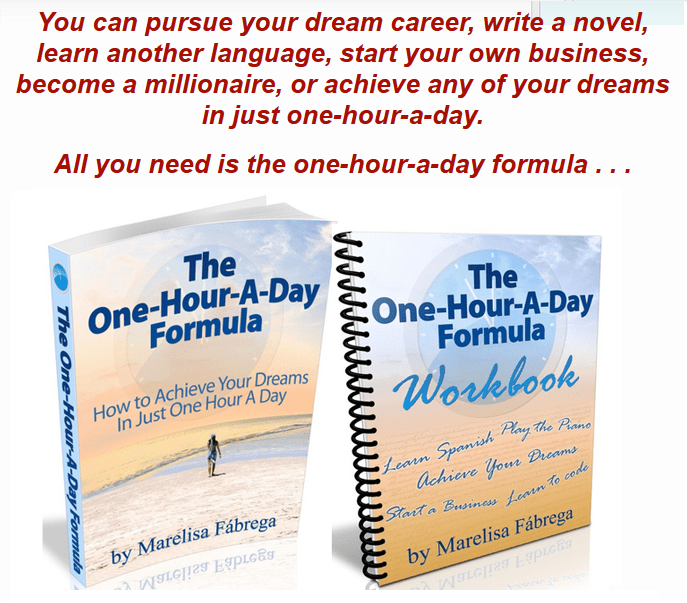






Related Posts:

 1. Set the Goal of Playing More. Start by setting a goal to have more fun. When we think of setting goals we usually think of serious things, such as losing weight, quitting smoking, making more money, or starting a small business. However, the goal of having more fun is just as important as those more adult-sounding goals. After all, what’s the point of being thin, having more money, and having your own business if you’re not enjoying yourself?
1. Set the Goal of Playing More. Start by setting a goal to have more fun. When we think of setting goals we usually think of serious things, such as losing weight, quitting smoking, making more money, or starting a small business. However, the goal of having more fun is just as important as those more adult-sounding goals. After all, what’s the point of being thin, having more money, and having your own business if you’re not enjoying yourself?












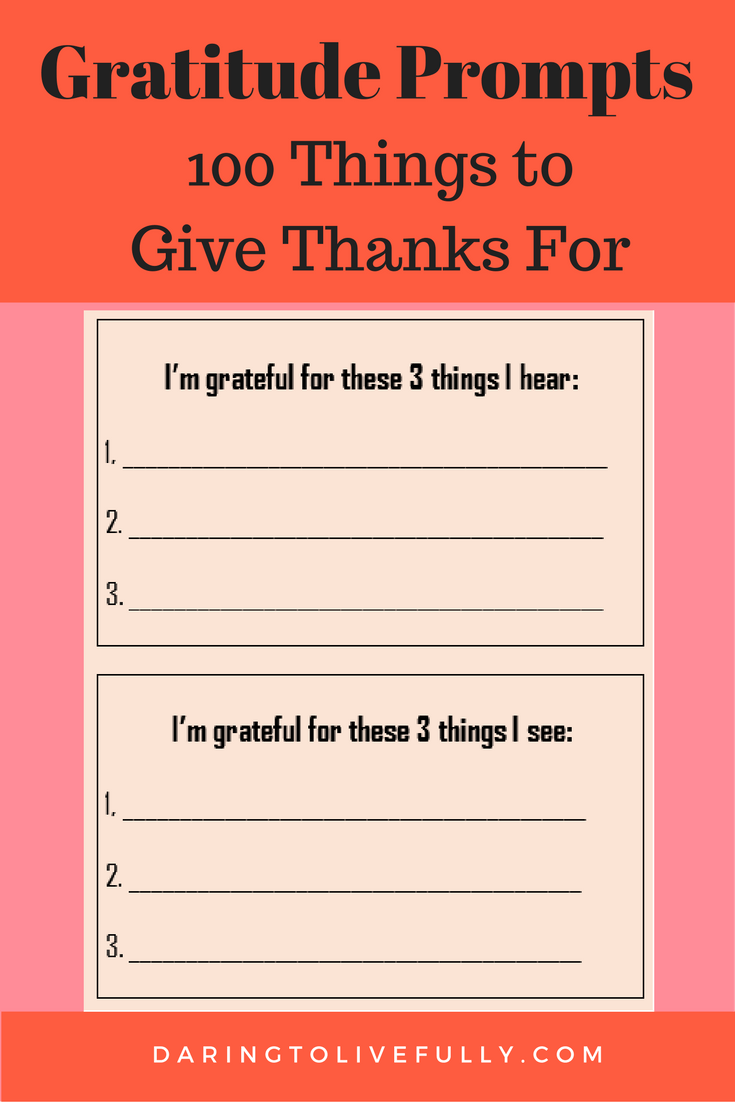

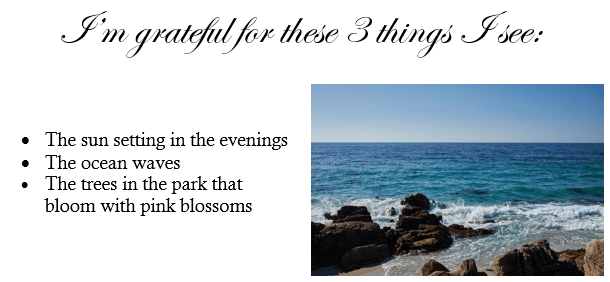


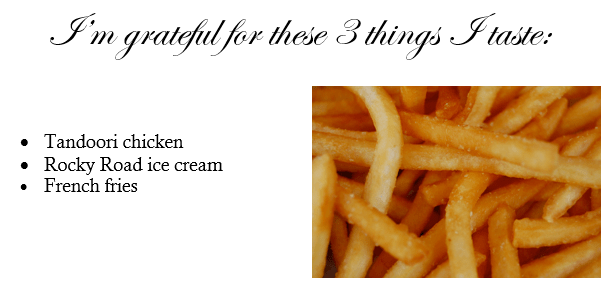

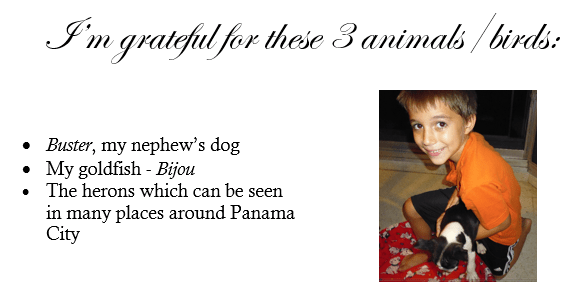

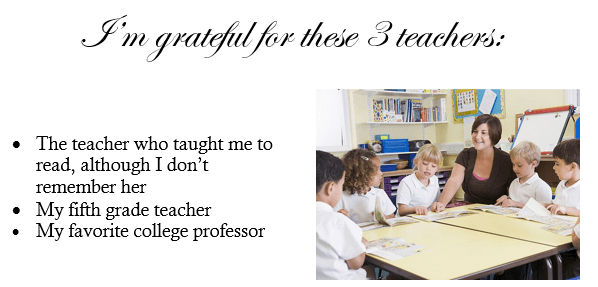
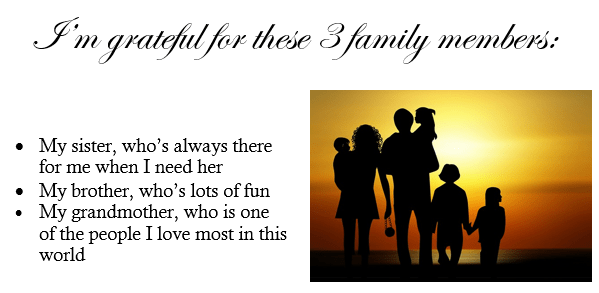

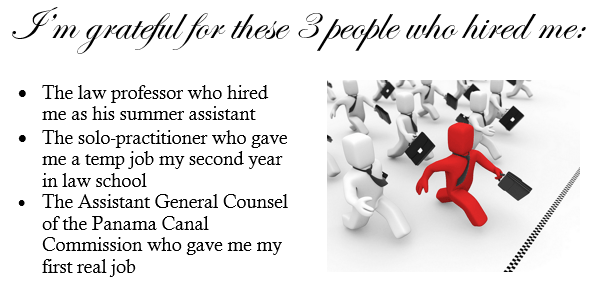

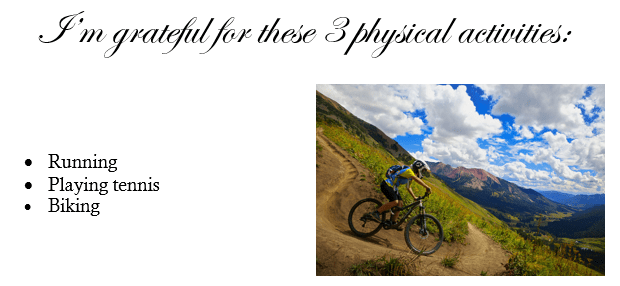

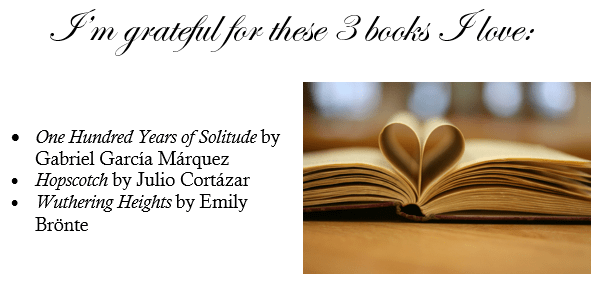
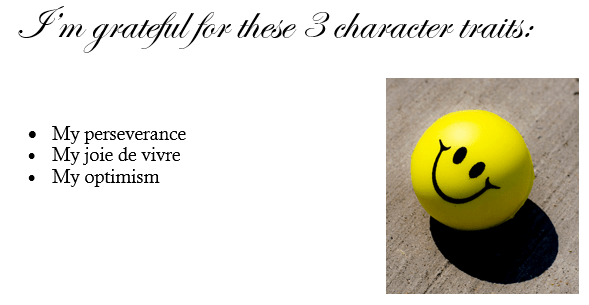
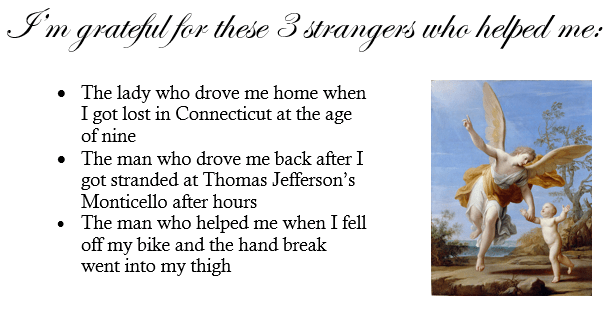



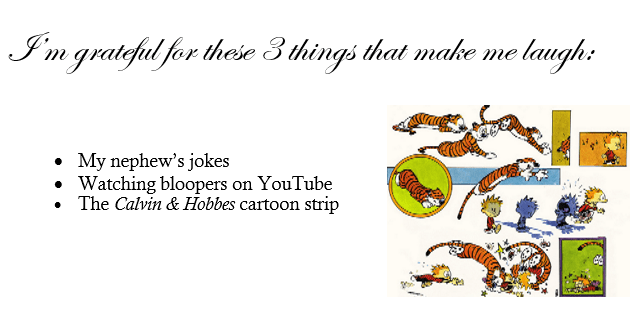

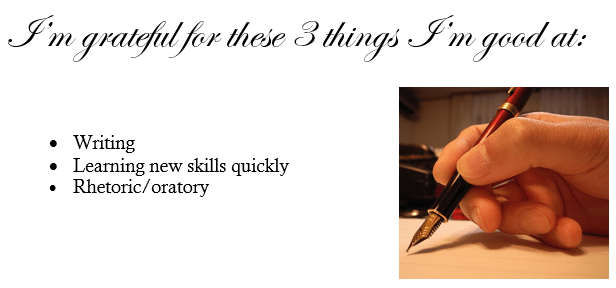
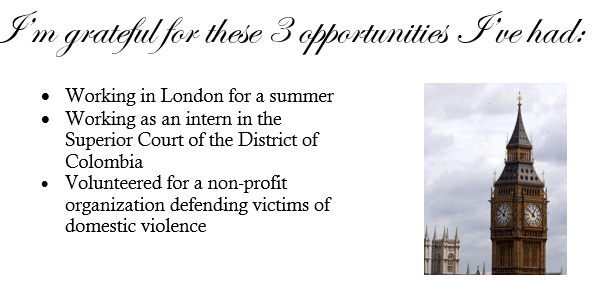

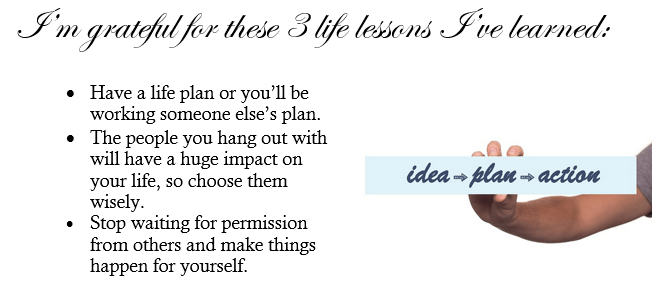
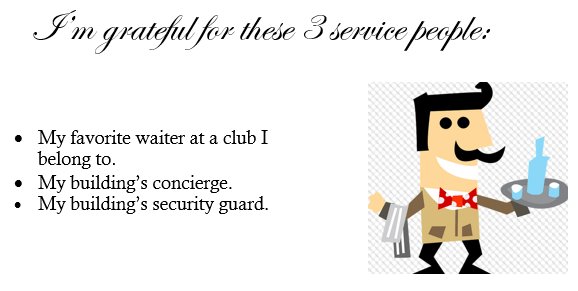




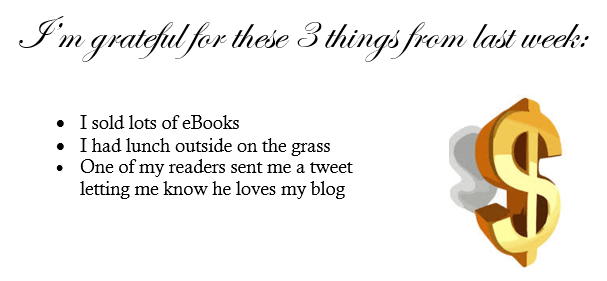
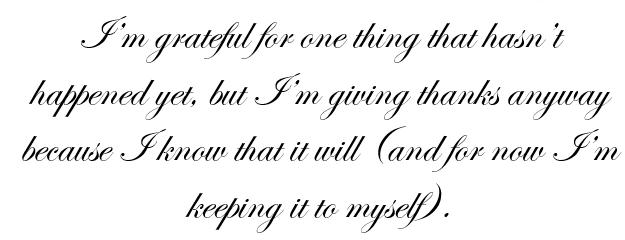

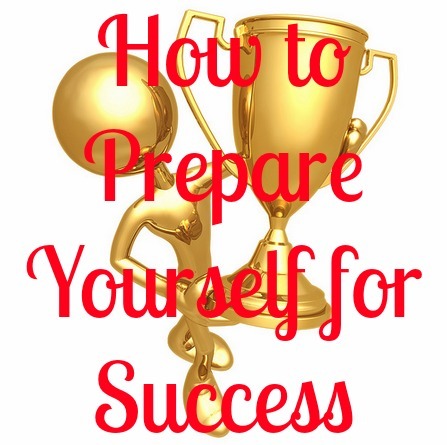
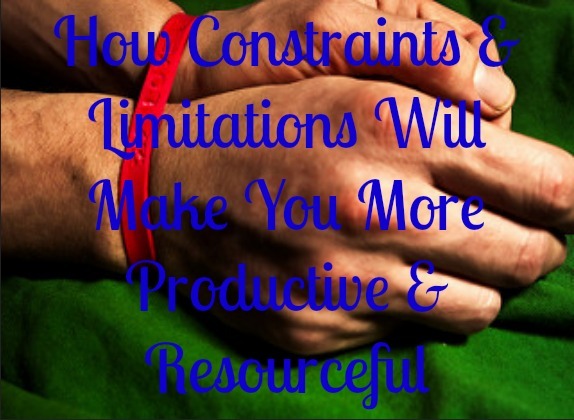






 Marelisa Fabrega is a lawyer and entrepreneur. She holds a Bachelor of Science in Business Administration from Georgetown University in Washington, D.C., as well as a Juris Doctor from the Georgetown University Law Center. You can learn more about her
Marelisa Fabrega is a lawyer and entrepreneur. She holds a Bachelor of Science in Business Administration from Georgetown University in Washington, D.C., as well as a Juris Doctor from the Georgetown University Law Center. You can learn more about her 





